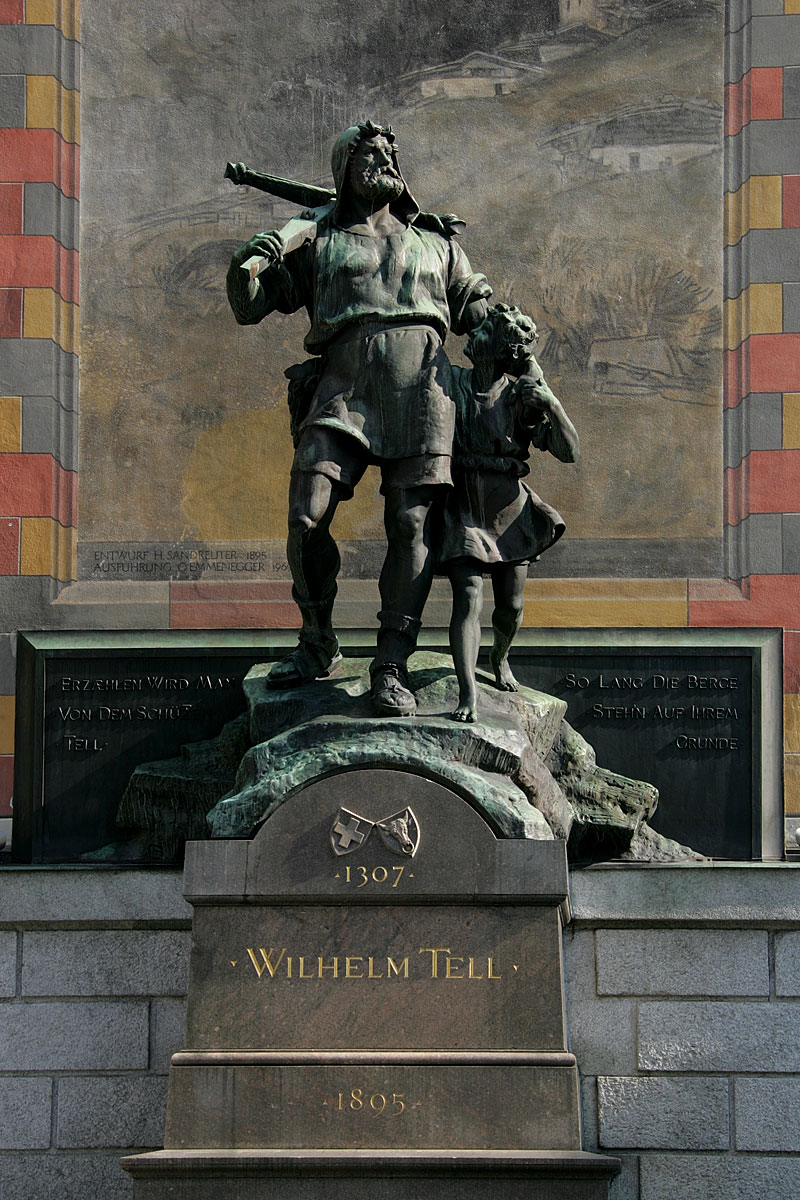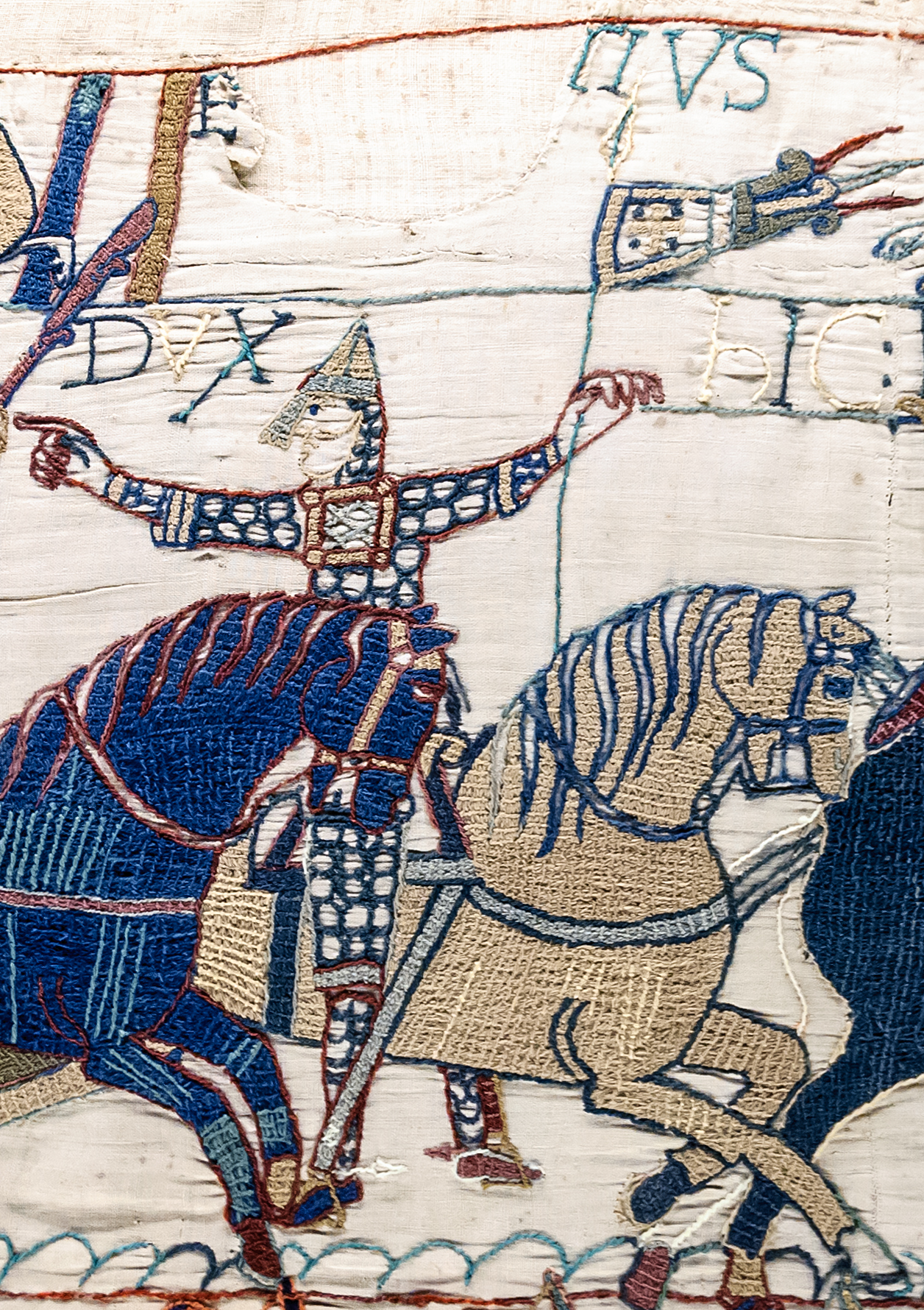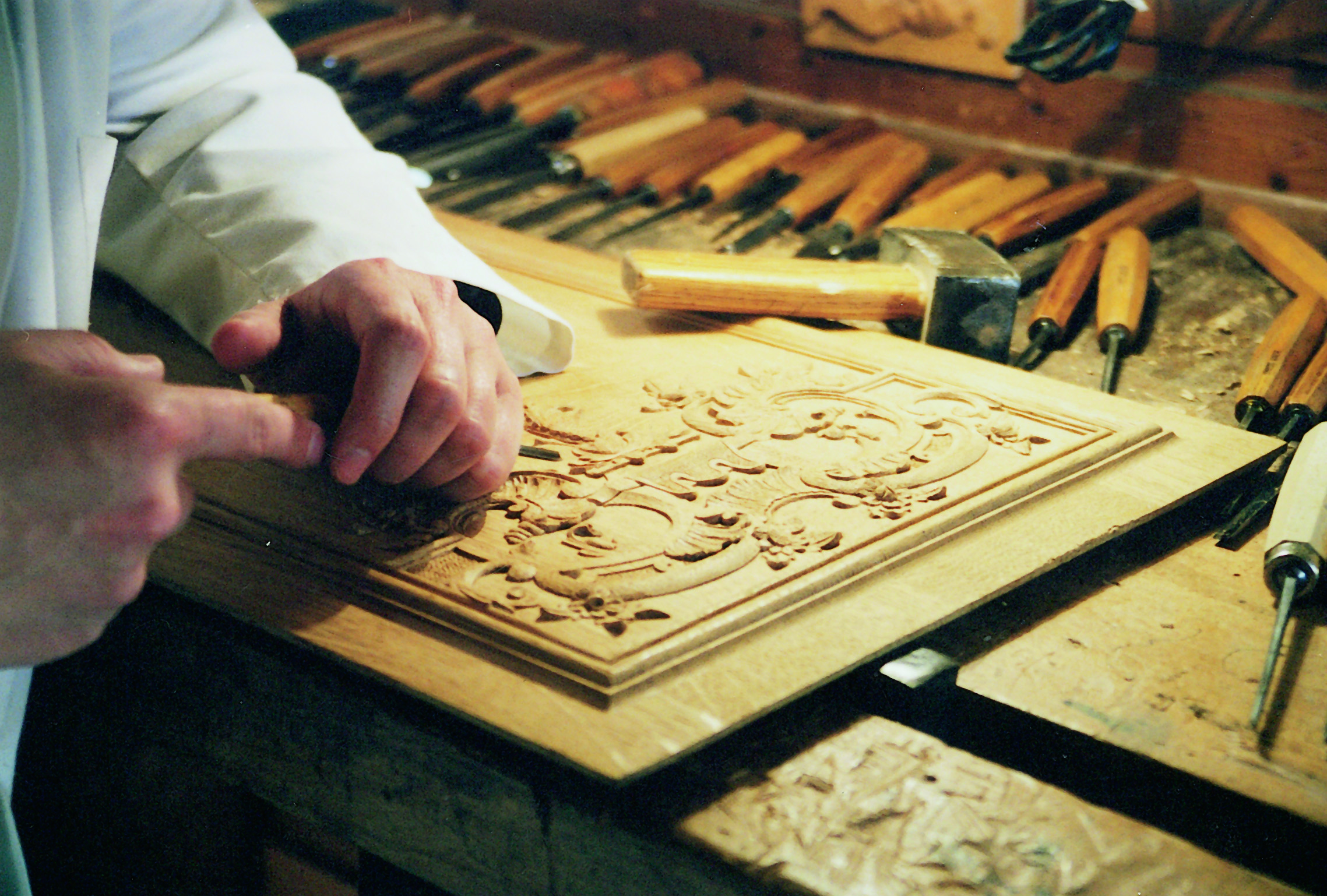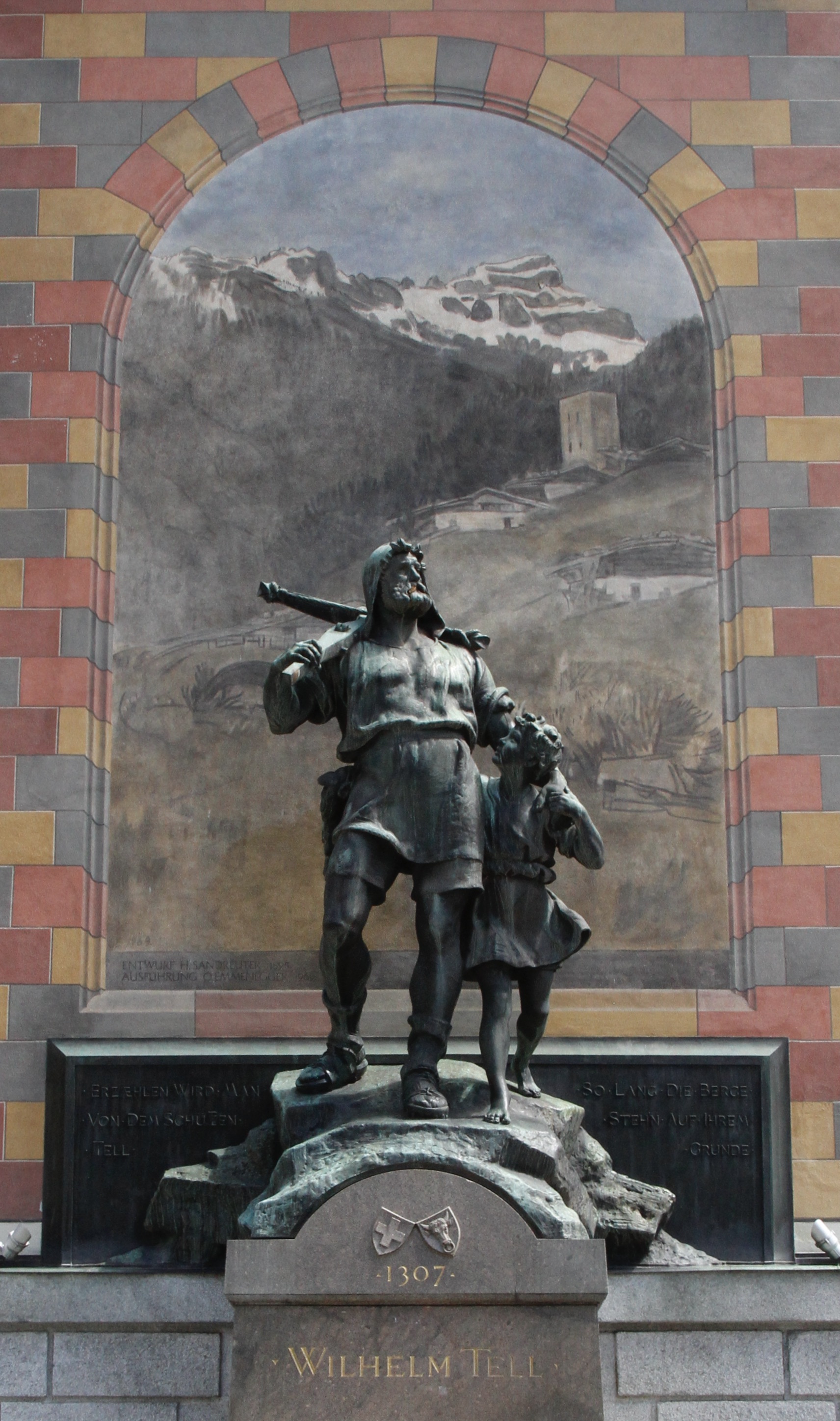|
Swiss Culture
Switzerland lies at the crossroads of several major European cultures. Three of the continent's major languages, German, French and Italian, are national languages of Switzerland, along with Romansh, spoken by a small minority. Therefore, Swiss culture is characterized by diversity, which is reflected in a wide range of traditional customs. The 26 cantons also account for the large cultural diversity. Not withstanding the regional disparities, the Alps have played an essential role in shaping the history and culture of Switzerland. The region of the Gotthard Pass became the nucleus of the Swiss Confederacy in the early 14th century. Nowadays, all mountain areas of Switzerland have a strong skiing and mountaineering culture and are associated with folk arts such as the alphorn and yodeling. Other Swiss cultural icons include Swiss chocolate, Swiss cheese, watches, cowbells, banking, and the Swiss Army knives. Folk arts Folk art is kept alive in organizations all ov ... [...More Info...] [...Related Items...] OR: [Wikipedia] [Google] [Baidu] |
Swiss Cheeses And Dairy Products
Switzerland has a strong and ancestral dairy farming and cheesemaking tradition. The breeding of cattle, sheep and goats for milk is attested in the Neolithic period and, since Antiquity, cheese has been exported from the Alpine regions. The rugged nature of the country makes approximately 80% of the agricultural land unsuitable for cultivation, which is therefore mainly exploited for cattle and sheep farming. This mode of exploitation has forged a large part of the Swiss landscape, in the Alps, the Jura and on the Swiss Plateau. Today, cheese dairies and mountain pastures in Switzerland produce nearly 500 varieties of cheese, not counting fresh cheeses. Most of these, and all the ones very well known internationally, are semi-hard Alpine or Swiss-type cheeses such as Emmental and Gruyère. Dairy products in general are highly appreciated throughout the country, with butter and cream being classic ingredients of Swiss cuisine. History The breeding of cattle, sheep and goats ... [...More Info...] [...Related Items...] OR: [Wikipedia] [Google] [Baidu] |
Unspunnen 1808-300
Unspunnen can refer to: *the ruins of Unspunnen Castle *the Unspunnenfest Unspunnenfest is a festival held in the town of Interlaken, Switzerland, near the old ruin of Unspunnen Castle, in the Bernese Alps, approximately once every twelve years, most recently in 2017. The festival highlights traditional Swiss cultur ... held there since 1805 *the Unspunnen Stone, symbol of the Unspunnenfest {{Disambig ... [...More Info...] [...Related Items...] OR: [Wikipedia] [Google] [Baidu] |
Accordion
Accordions (from 19th-century German language, German ', from '—"musical chord, concord of sounds") are a family of box-shaped musical instruments of the bellows-driven free reed aerophone type (producing sound as air flows past a Reed (mouthpiece), reed in a frame). The essential characteristic of the accordion is to combine in one instrument a melody section, also called the descant, diskant, usually on the right-hand keyboard, with an accompaniment or Basso continuo functionality on the left-hand. The musician normally plays the melody on buttons or keys on the right-hand side (referred to as the Musical keyboard, keyboard or sometimes the manual (music), ''manual''), and the accompaniment on Bass (sound), bass or pre-set Chord (music), chord buttons on the left-hand side. A person who plays the accordion is called an accordionist. The accordion belongs to the free-reed aerophone family. Other instruments in this family include the concertina, harmonica, and bandoneon. Th ... [...More Info...] [...Related Items...] OR: [Wikipedia] [Google] [Baidu] |
Embroidery
Embroidery is the art of decorating Textile, fabric or other materials using a Sewing needle, needle to stitch Yarn, thread or yarn. It is one of the oldest forms of Textile arts, textile art, with origins dating back thousands of years across various cultures. Common Embroidery stitch, stitches found in early embroidery include the chain stitch, Buttonhole stitch, buttonhole or blanket stitch, running stitch, satin stitch, and cross stitch. Modern embroidery continutes to utilize traditional techniques, though many contemporary stitches are exclusive to machine embroidery. Embroidery is commonly used to embellish accessories and garments is usually seen on quilts, clothing, and accessories. In addition to thread, embroidery may incorporate materials such as Pearl, pearls, Bead, beads, Quill, quills, and Sequin, sequins to highlight texture and design. Today, embroidery serves both decorative and functional purposes and is utilized in fashion expression, cultural identity, and ... [...More Info...] [...Related Items...] OR: [Wikipedia] [Google] [Baidu] |
Wood Carving
Wood carving (or woodcarving) is a form of woodworking by means of a cutting tool (knife) in one hand or a chisel by two hands or with one hand on a chisel and one hand on a mallet, resulting in a wooden figure or figurine, or in the sculpture, sculptural ornamentation of a wooden object. The phrase may also refer to the finished product, from individual sculptures to hand-worked mouldings composing part of a tracery. The making of sculpture in wood has been History of wood carving, extremely widely practised, but does not survive undamaged as well as the other main materials like Stone sculpture, stone and bronze, as it is vulnerable to decay, insect damage, and fire. Therefore, it forms an important hidden element in the art history of many cultures. Outdoor wood sculptures do not last long in most parts of the world, so it is still unknown how the totem pole tradition developed. Many of the most important sculptures of China and Japan, in particular, are in wood, and so are th ... [...More Info...] [...Related Items...] OR: [Wikipedia] [Google] [Baidu] |
Poetry
Poetry (from the Greek language, Greek word ''poiesis'', "making") is a form of literature, literary art that uses aesthetics, aesthetic and often rhythmic qualities of language to evoke meaning (linguistics), meanings in addition to, or in place of, Denotation, literal or surface-level meanings. Any particular instance of poetry is called a poem and is written by a poet. Poets use a variety of techniques called poetic devices, such as assonance, alliteration, Phonaesthetics#Euphony and cacophony, euphony and cacophony, onomatopoeia, rhythm (via metre (poetry), metre), and sound symbolism, to produce musical or other artistic effects. They also frequently organize these effects into :Poetic forms, poetic structures, which may be strict or loose, conventional or invented by the poet. Poetic structures vary dramatically by language and cultural convention, but they often use Metre (poetry), rhythmic metre (patterns of syllable stress or syllable weight, syllable (mora) weight ... [...More Info...] [...Related Items...] OR: [Wikipedia] [Google] [Baidu] |
Dance
Dance is an The arts, art form, consisting of sequences of body movements with aesthetic and often Symbol, symbolic value, either improvised or purposefully selected. Dance can be categorized and described by its choreography, by its repertoire of movements or by its History of dance, historical period or List of ethnic, regional, and folk dances by origin, place of origin. Dance is typically performed with Music, musical accompaniment, and sometimes with the dancer simultaneously using a musical instrument themselves. Two common types of group dance are Concert dance, theatrical and Participation dance, participatory dance. Both types of dance may have special functions, whether social, ceremonial, Competitive dance, competitive, Erotic dance, erotic, War dance, martial, Sacred dance, sacred or Liturgical dance, liturgical. Dance is not solely restricted to performance, as dance is used as a form of exercise and occasionally training for other sports and activities. Dance perf ... [...More Info...] [...Related Items...] OR: [Wikipedia] [Google] [Baidu] |
Music
Music is the arrangement of sound to create some combination of Musical form, form, harmony, melody, rhythm, or otherwise Musical expression, expressive content. Music is generally agreed to be a cultural universal that is present in all human societies. Definitions of music vary widely in substance and approach. While scholars agree that music is defined by a small number of elements of music, specific elements, there is no consensus as to what these necessary elements are. Music is often characterized as a highly versatile medium for expressing human creativity. Diverse activities are involved in the creation of music, and are often divided into categories of musical composition, composition, musical improvisation, improvisation, and performance. Music may be performed using a wide variety of musical instruments, including the human voice. It can also be composed, sequenced, or otherwise produced to be indirectly played mechanically or electronically, such as via a music box ... [...More Info...] [...Related Items...] OR: [Wikipedia] [Google] [Baidu] |
Telldenkmal
The 'Tell Monument' () is a memorial to William Tell in the market place of Altdorf, Canton of Uri, Switzerland. The bronze statue by sculptor Richard Kissling was inaugurated on August 28, 1895, at the foot of an old tower. It shows the Swiss national hero with his crossbow and accompanied by his son. The traditional date of the '' Rütlischwur'', long thought to have taken place in 1307, is engraved in the base. The Legend of Wilhelm Tell Wilhelm Tell is credited with having played a central role for the foundation of Switzerland. After Tell shot the Austria reeve Albrecht Gessler, a Swiss uprising against the Austrian rule began. When Tell refused to bow before a hat on a pole Gessler had erected in Altdorf, Tell was forced to either shoot an apple placed on his son's head or face death. Tell successfully shot the apple from his son's head with his crossbow. Acknowledging the feat Tell just achieved, Gessler questioned why Tell had prepared for a second shot, to which T ... [...More Info...] [...Related Items...] OR: [Wikipedia] [Google] [Baidu] |








